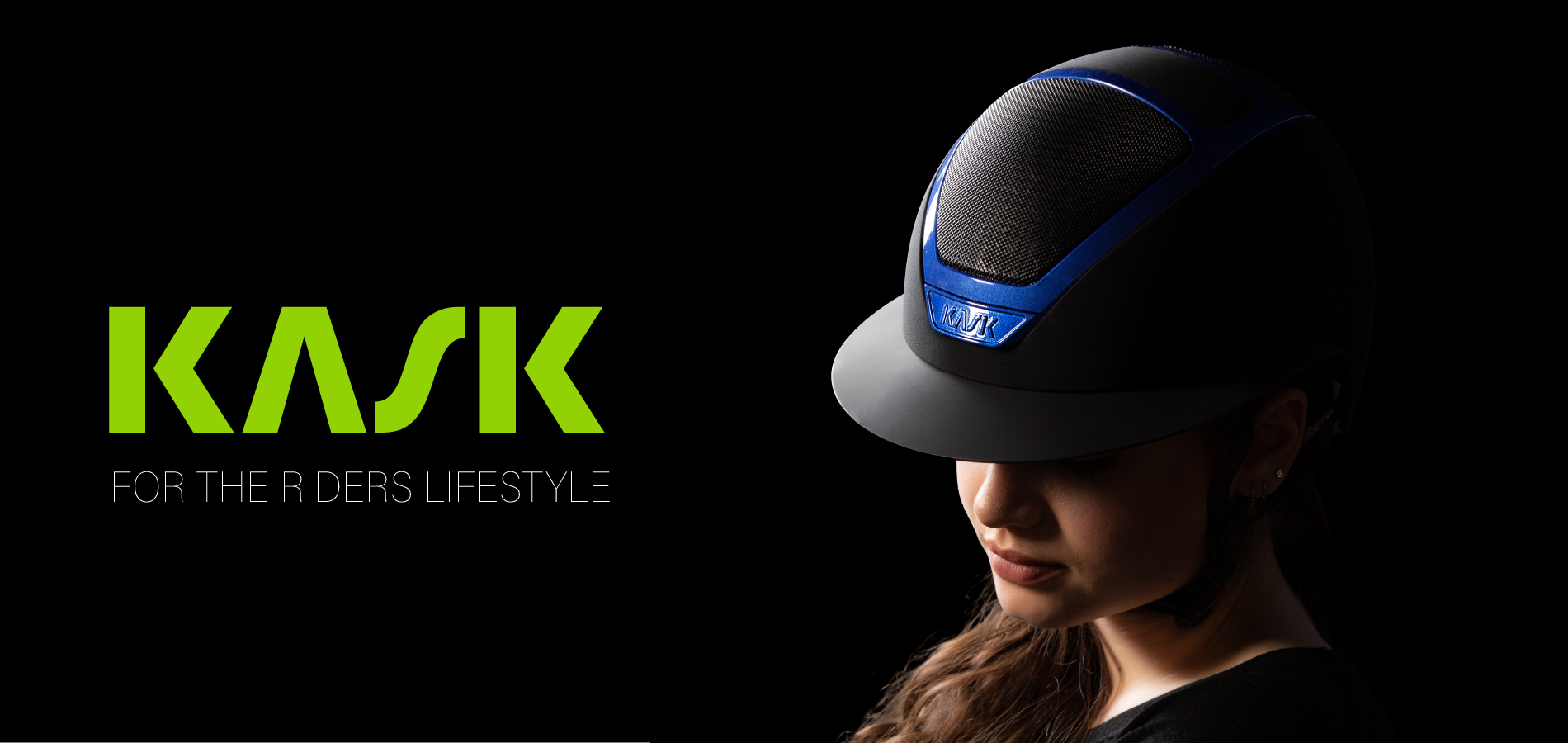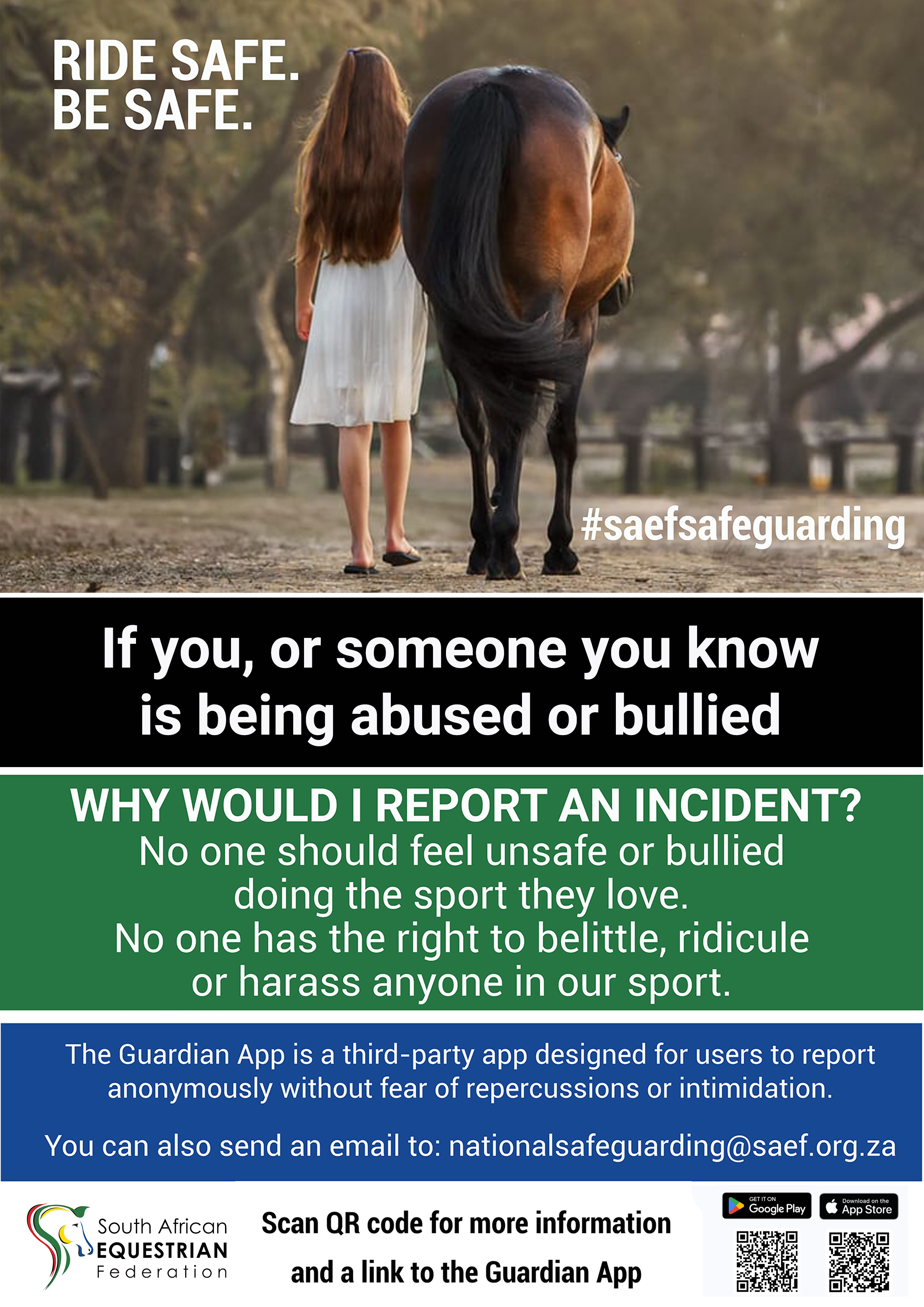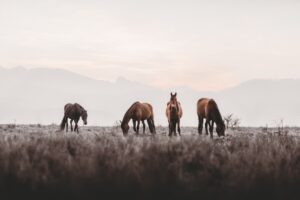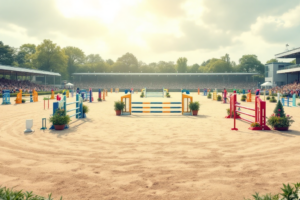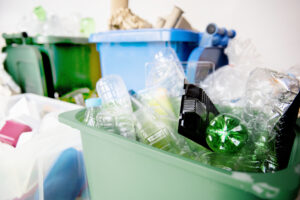Eventing, a sport often described as the triathlon of the equestrian world, captures the imagination and competitive spirit of riders and spectators alike. It’s a formidable combination of Dressage, Cross-Country, and Show Jumping, testing the partnership between horse and rider to the limits. Whether you’re a seasoned equestrian or a novice to the sport, eventing offers excitement, challenge, and a touch of glamour. So, saddle up, South Africa, as we embark on an exciting exploration of this captivating, but often overlooked discipline!
Originating as a military test for cavalry units, eventing was designed to demonstrate soldiers’ readiness for war. The sport has evolved from a rigorous military challenge to an Olympic discipline, showcasing not just the athleticism and versatility of the horse, but also the strategic and physical prowess of the
rider. Indeed, the rich history of eventing is studded with moments that showcase extraordinary human and equine courage, none more dramatic than Bill Roycroft’s heroic performance at the
1960 Olympic Games in Rome.
This incident not only exemplifies the tenacity and bravery that the sport demands but also marks a defining moment in Olympic history. Bill Roycroft was an integral member of the Australian eventing team, which was in a strong position to contest for the team gold medal. However, during the demanding cross-country phase, disaster struck. Roycroft suffered a severe fall, which resulted in a concussion and a broken collarbone. The situation seemed dire, as hospitalisation meant he was out of the final phase, the show jumping, which could cost his team the medal. In a move that has since become legendary, Roycroft, at 45 years of age, checked himself out of the hospital against medical advice. He was determined not to let his team down. Wearing a plaster cast and in evident pain, Roycroft returned to the competition for the show jumping phase. Managing his physical discomfort and mounting his horse, Our Solo, he put on a remarkable display of skill and grit. His flawless ride, clear of any penalties, was pivotal in securing the team gold for Australia.
This moment transcended the sport, highlighting not just the physical challenges of eventing but the unyielding spirit and deep camaraderie among teammates. Roycroft’s actions spoke to the core of what eventing is about: partnership, perseverance, and the sheer will to overcome adversities. These tales, like Roycroft’s, are what imbue the sport with a profound sense of history and inspire generations of riders to push their limits, embodying the same determination and grit that defined that unforgettable Olympic triumph. Albeit we are a little less bending on the safety rules as they were in the 60s.
Dressage: The Ballet of Eventing. Think of Dressage as the elegant ballet performance before the rock concert that is Cross-Country. It requires precision, grace, and harmony, where horse and
rider perform a series of predetermined movements in an enclosed arena. Dressage tests the finesse of the horse and the tactfulness of the rider, setting the stage for the challenges ahead.
While it might seem less thrilling than the other phases, dressage is where the foundational bond and communication between horse and rider are displayed. It’s like watching a well-choreographed
dance where each movement flows seamlessly into the next, all judged with an eagle eye for detail.
Cross-Country: The Thrill Ride If Dressage is a ballet, Cross-Country is an exhilarating rock concert with the volume turned up! This phase is the heart of eventing, testing speed, stamina, and guts. It involves galloping over a course of natural and solid obstacles—from water bodies to ditches and imposing logs. It’s not for the fainthearted! Imagine thundering hooves, flying mud, heart-stopping jumps, and the sheer thrill of tackling nature’s own obstacle course. Riders must balance bravery with strategy to navigate
this challenging phase, maintaining enough energy for the final test of the competition.
Show Jumping: The Precision Finale. After the wild ride of Cross-Country, Show Jumping is where precision and calm are crucial. In this phase, the horse and rider jump over a series of jumping
fences. It’s a true test of stamina and recovery, as the pair must demonstrate their agility and precision after the exhausting cross-country phase. This final act can make or break champions,
as even a single fault can dramatically alter the leaderboard.
The Ideal Eventing Horse: A Versatile Athlete Not every horse is cut out for the rigorous demands of eventing. The ideal eventing horse combines the agility and finesse required for dressage and show jumping with the boldness and endurance needed for cross-country. Breeds like the Thoroughbred and the Irish Sport Horse are often favourites for their speed, agility, and heart. However, the true
essence of a great eventing horse lies not just in breed but in spirit and capability. Why Eventing?
Eventing is not just a sport; it’s a comprehensive test of all-around equestrian skills. It’s a community, a
lifestyle, and a thrilling spectator sport. For those daring enough to take on this challenge, it promises not only the sweet taste of victory but also the joy of forming an incredible partnership with your equine teammate. So, why not grab your helmet, pull on your boots, and join the vibrant eventing community in
South Africa?
By: Charlene Carroll



